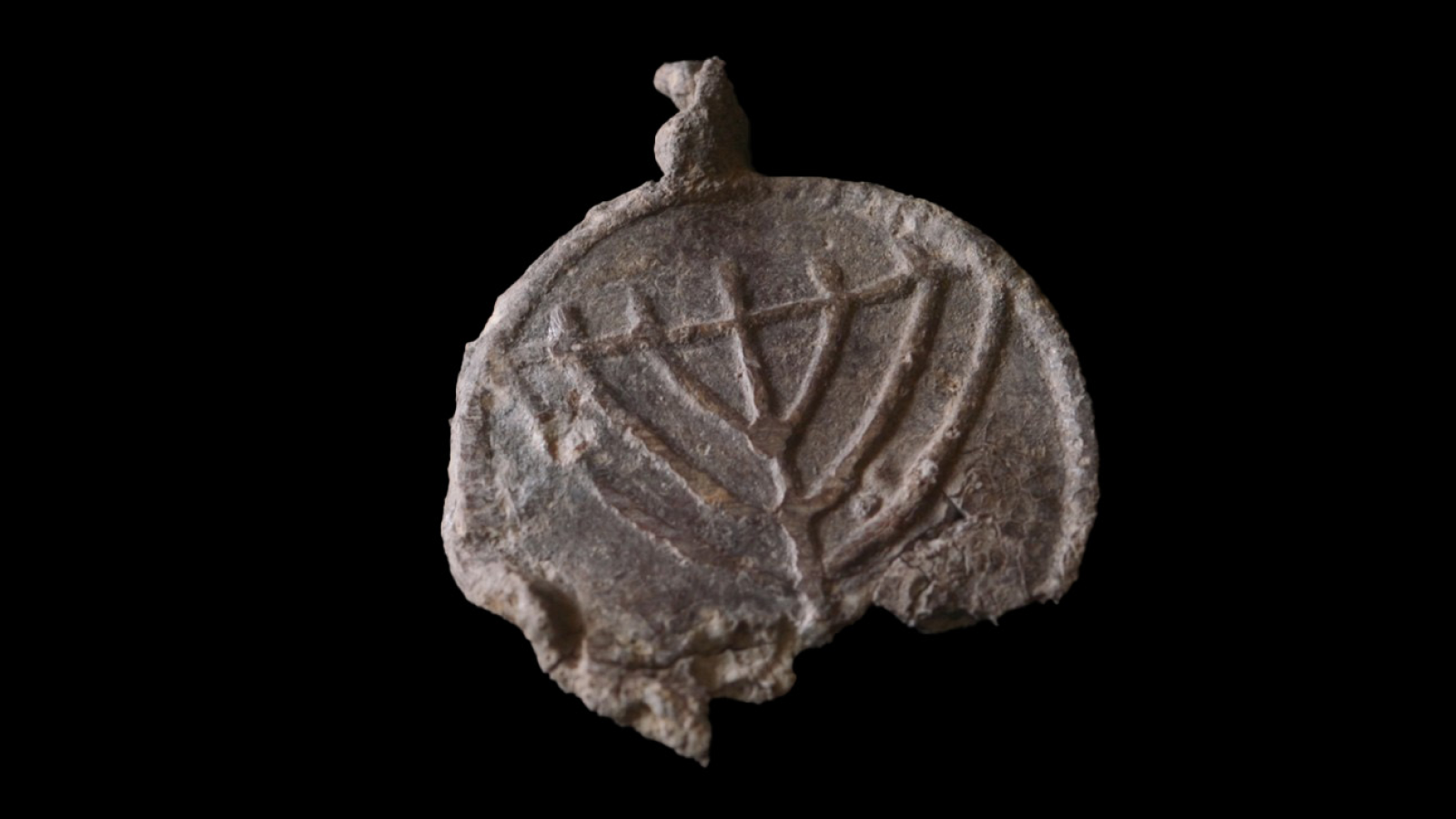Photos: Bizarre Sex Lives of Hermaphrodite Sea Slugs
Sea Slug Sex
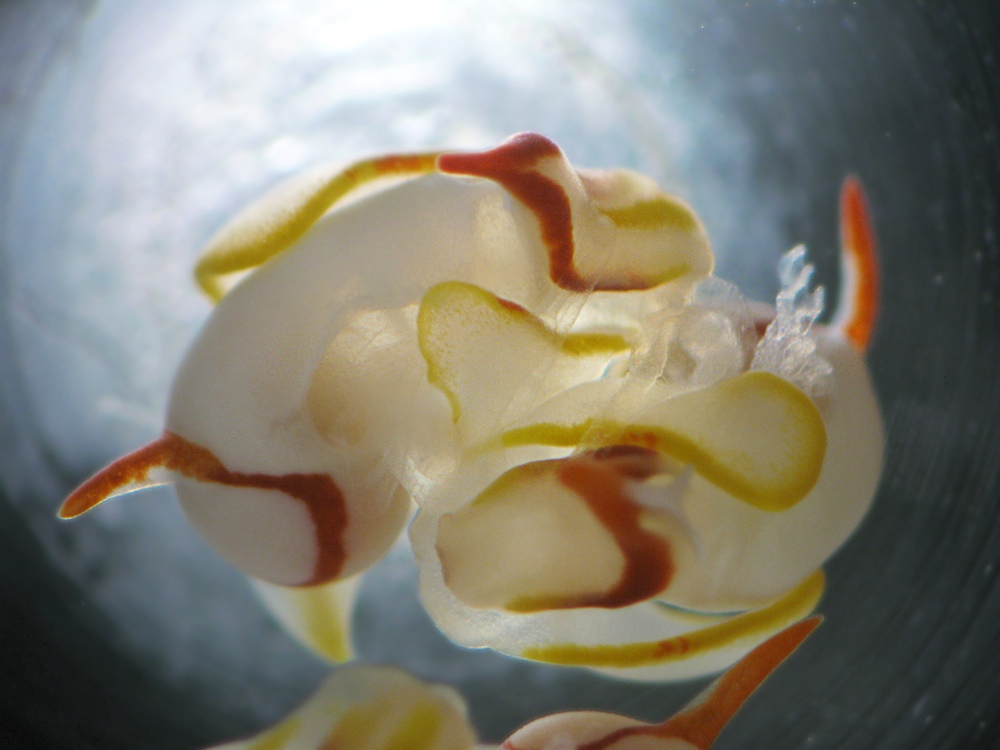
Siphotperon sp. 1 is a small sea slug found off the northeast coast of Australia. A simultaneous hermaphrodite, the slug has both male and female reproductive organs that it uses simultaneously during sex (shown here).
Two-Pronged Penis
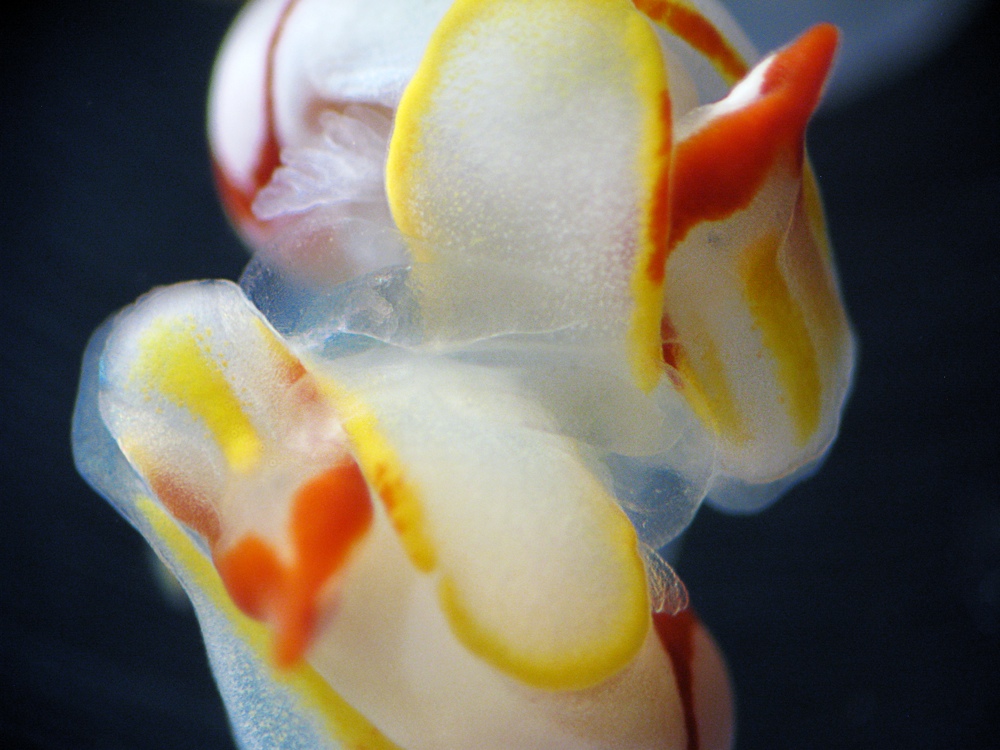
For its male organ, the slug has a two-pronged penis consisting of a penile bulb that transfers sperm, and a separate, needlelike appendage called a penile stylet that stabs and injects partners with prostate fluid-containing sex hormones called allohormones.
It's Reciprocal
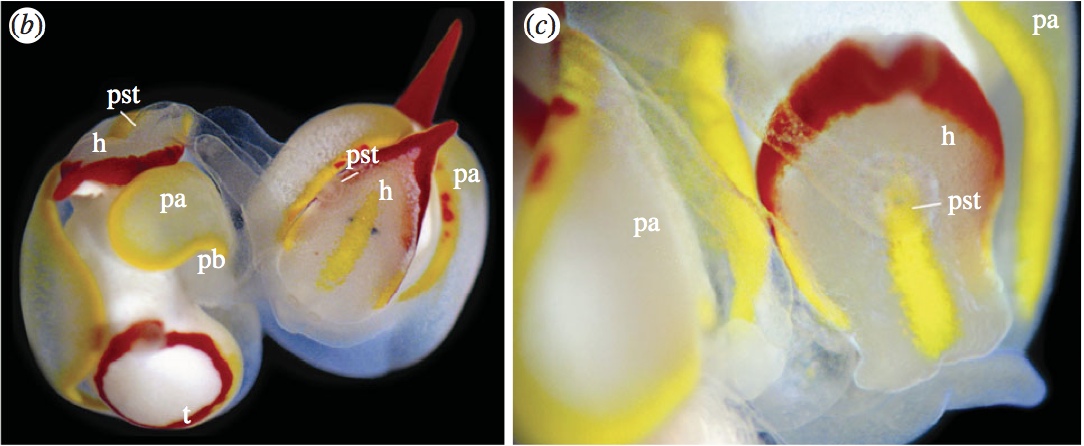
Here, a reciprocal copulation between the sea slugs with both penile stylets (pst) inserted into the mating partners' foreheads (h); the penile bulbs (pb) are inserted in the mating partners' female genital openings hidden behind the right parapods (pa). The close-up photograph of a reciprocal copulation (c) shows the penile stylet of the left individual inserted into the forehead of the right individual.
Siphopteron sp. 1
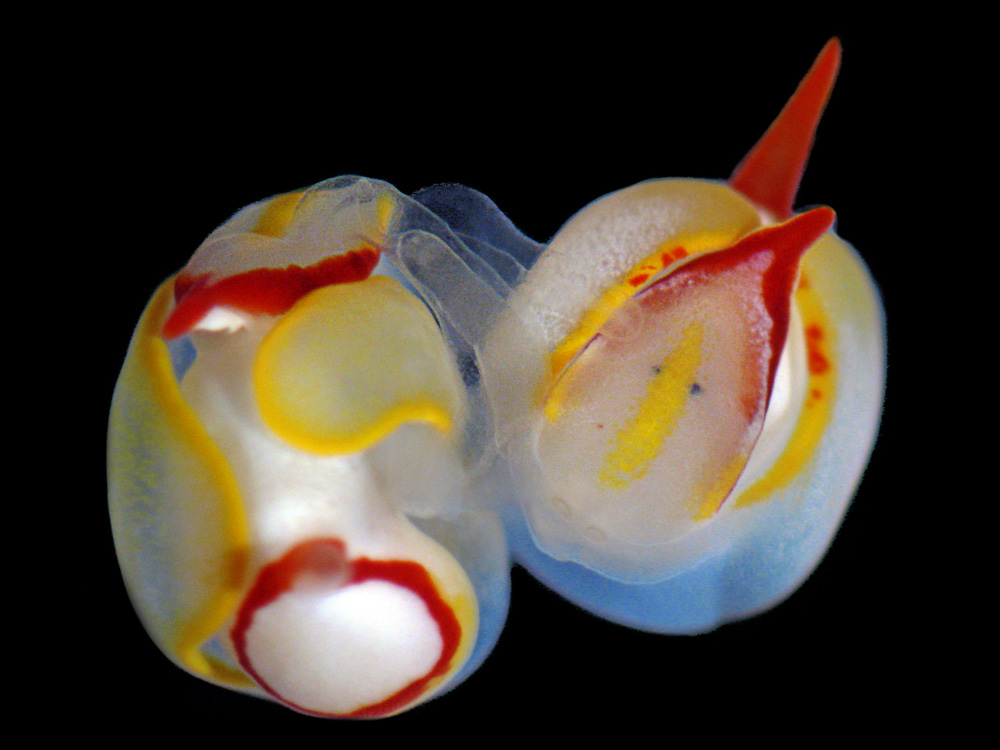
Two Siphopteron sp. 1, caught in the act.
Unilateral Sex
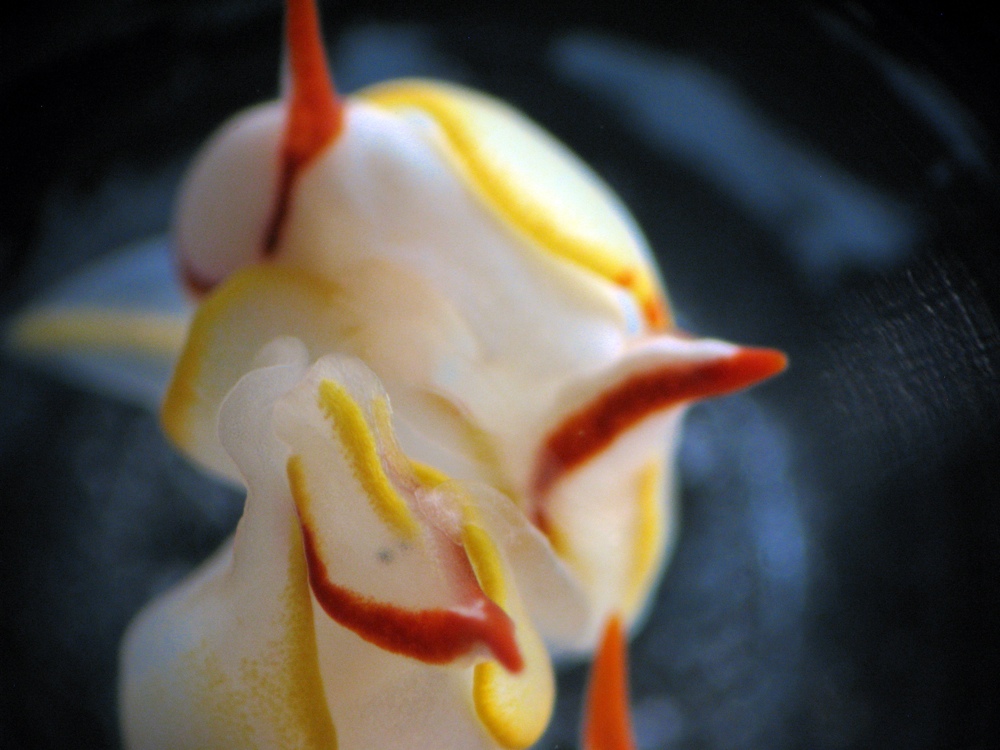
A typical copulatory sequence for Siphotperon sp. 1 begins with the two intertwining, then copulating in a reciprocal nature (so each mate's penile bulb is inserted into the female reproductive part of the partner), ending in a unilateral sperm transfer from one mate to the other.
Penile Stylet
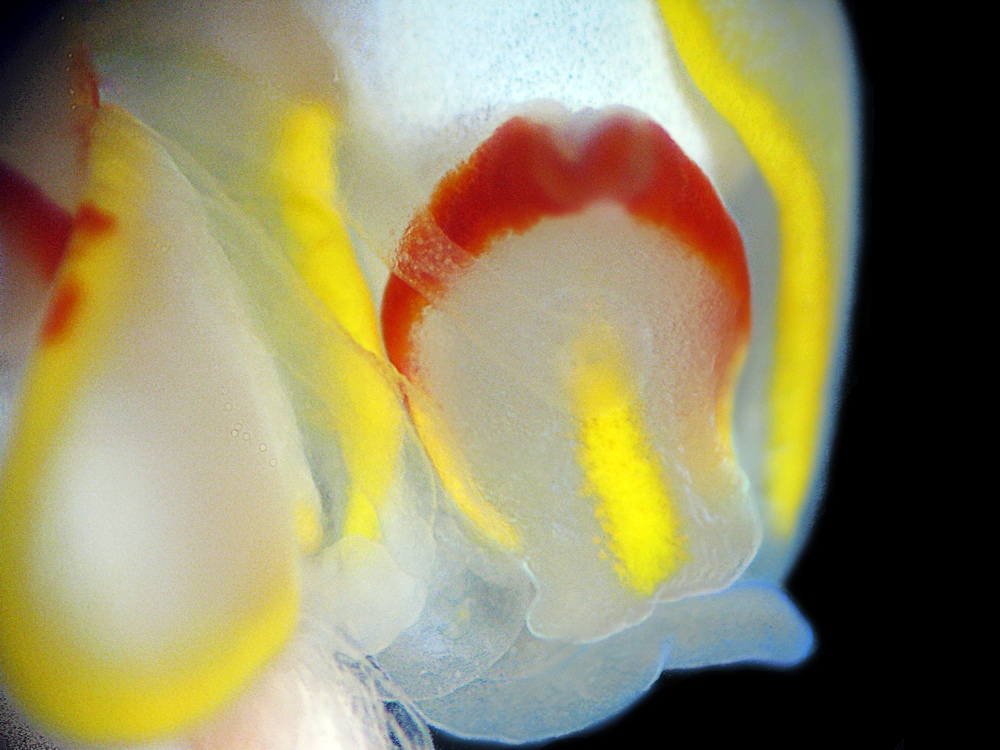
Here, a close-up of the Siphotperon sp. 1's penile stylet.
Head-Butting Sex
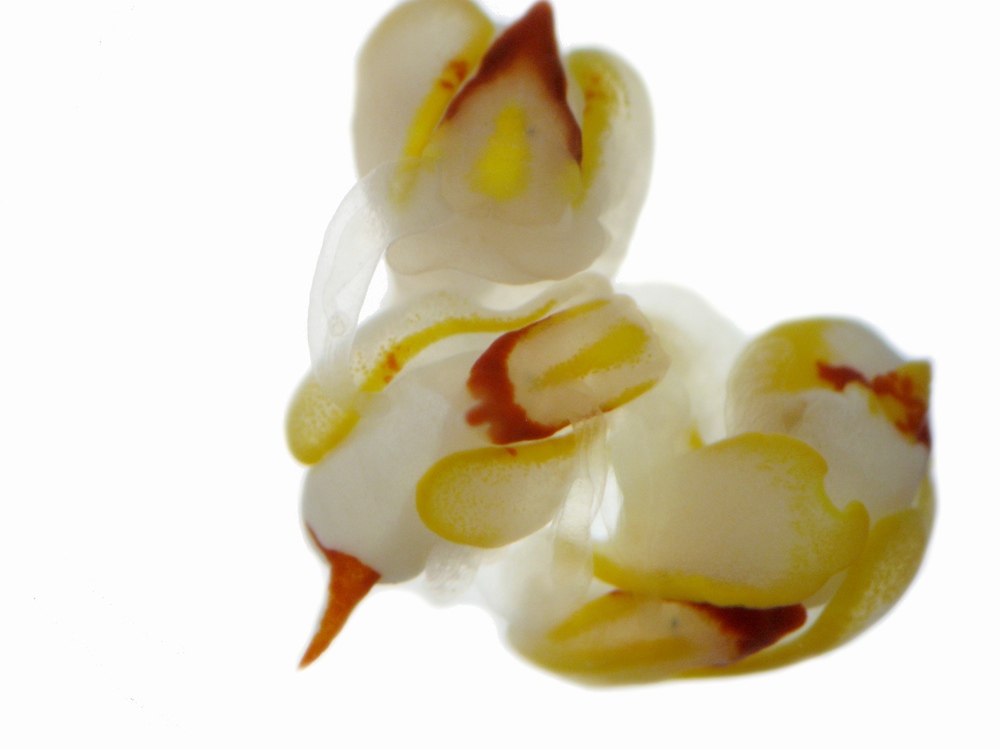
Not only do the slugs inject sperm into each other, they also stab each other in the head for several minutes after penetrating each other with their penile bulbs; they remain stabbed and pumping prostate fluid into each other's circulatory systems for the majority of their 40-minute mating period, researchers report on Nov. 12, 2013, in the journal Proceedings of the Royal Society B.
Get the world’s most fascinating discoveries delivered straight to your inbox.
penile stylet
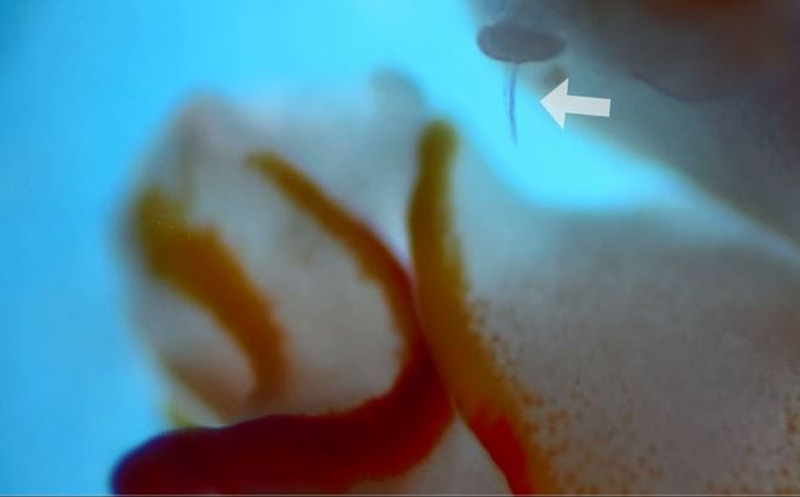
The slug's penile stylet (arrow) penetrates its mate's outer membrane and injects prostate fluid into its circulatory system.



